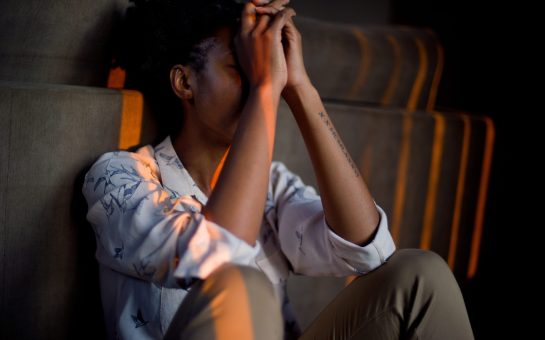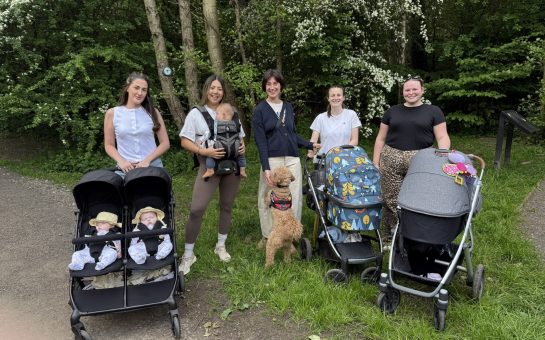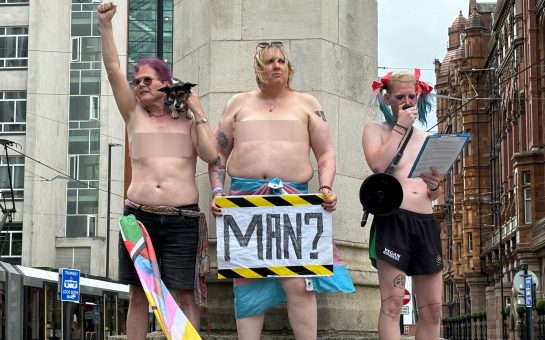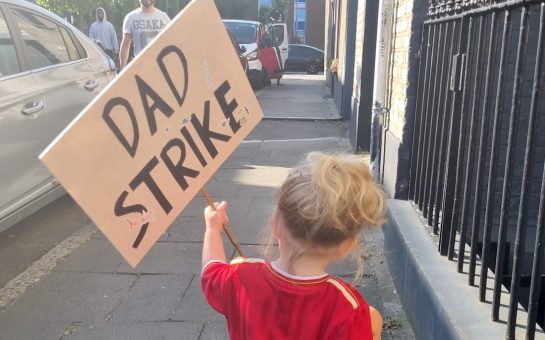Manchester is famous for its street art. From the blue tits to bees, and footballer Marcus Rashford to an NHS practitioner, there seems to be a mural round every corner.
But it’s not all about good looks – street art serves a critical role in Manchester’s communities.
Scientific and anecdotal evidence makes clear that street art makes residents happier and creates a greater sense of belonging.
What’s more, street art is increasingly focusing on mental health, breaking down stigma and fostering understanding and tolerance.
Why does street art make us happier?
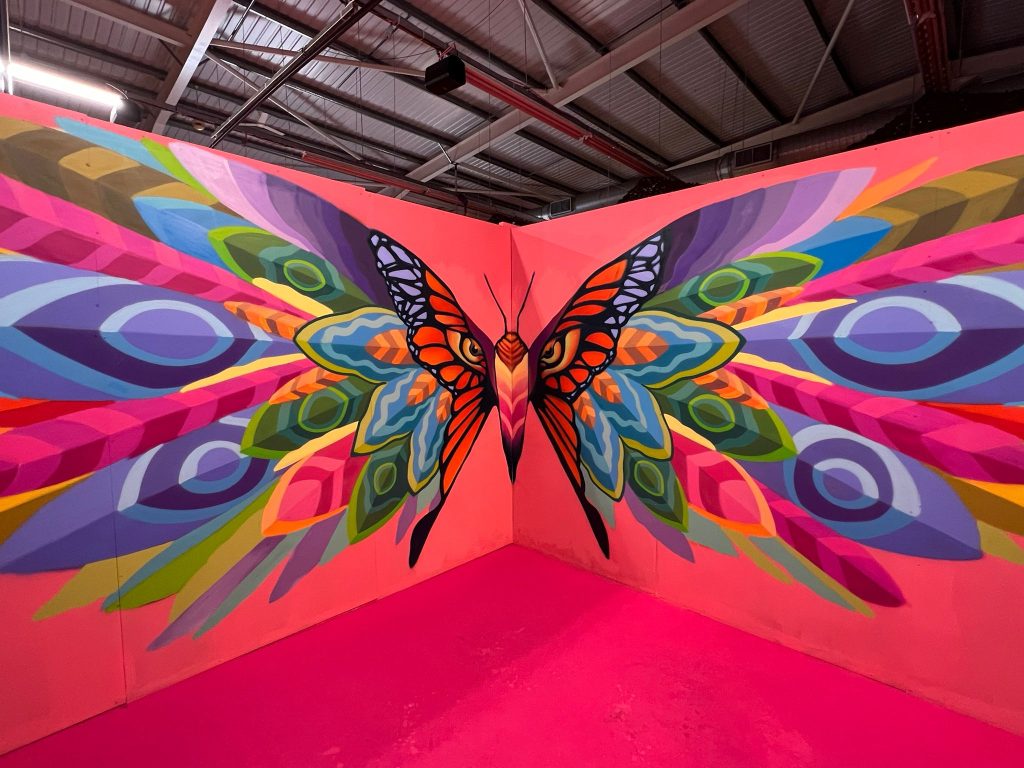
©Farid Rueda, Festival Colors
A parliamentary research paper from 2017 found that the arts can support longer, healthier, and more fulfilled lives.
The All Party Parliamentary Group on Arts, Health, and Wellbeing concluded the “time has come to recognise the powerful contribution the arts can make to our health and wellbeing”.
In fact, an arts-on-prescription scheme in the South-West of England saw a 37% drop in GP consultation rates.
Plenty of other academic studies reveal the same thing. A study in Italy in 2010 found that cultural experiences including art were the second most important determinant of psychological wellbeing, more important than factors like job, income, and education.
Meanwhile, just this year, it was discovered that street art inspired by local culture has a positive effect on residents’ sense of belonging.
And there’s a scientific reason why.
Street art – with its unexpectedness, colours, and drama – can increase dopamine in the brain.
Semir Zeki, a professor of neuroscience at University College London, examined MRI imaging of people’s brains. He found that when viewing art, there is increased blood flow to the part of the brain which is associated with pleasure and reward.
So there’s lots of evidence that street art makes us happier.
That’s why Arts Council England have quadrupled their spending on creative health projects in the past five years.
Hollie Smith-Charles, Directive of Creative Health and Change Programmes, said: “We know that taking part in creative activities helps us live well and feel better, whatever your age and wherever you live.
“From singing to samba, dancing to drawing, culture can reduce mental health challenges such as depression, make you feel happier and more connected, and help improve physical health, such as tackling chronic pain or lung conditions and improving brain function as we get older.
“At the Arts Council, we believe creativity and culture is a fundamental part of living well. We invest in brilliant artists and organisations across the country, who deliver creative health and social prescribing activity in community centres, cultural venues, care homes and hospitals.”
Fostering inclusion and acceptance
The power of a large, brightly-coloured mural shouldn’t be underestimated. The messages underpinning many pieces of art have been used to foster inclusion and acceptance.
No-one knows the power of art more than John Macaulay, one of the founders of Art Battle Manchester.
The concept has brought a fresh approach to street art – at each “battle”, 10 artists create a masterpiece in just 30 minutes, with audiences deciding the eventual winner.
Since its founding in 2013, Art Battle has seen over 250 artists compete in 24 battles.
And now the organisation has expanded further, with the GRIT art studio, workshops, and street art tours.
But Macaulay isn’t an art snob. In fact, rather the opposite. He admits: “I always felt [art] wasn’t for people like me.” A self-confessed music and football lover, he always felt art was stuffy.
So, with his wife Sophie, Macaulay set about creating a different kind of art experience: “We went about putting on an event where art was the focal point but with the same energy you would get at a gig. We wanted art to be accessible for everyone not just for the art elite.”
Bringing together illustrators, tattooists, cartoonists, and street artists, Art Battle has helped redefine parts of Manchester, bringing art to the people.
And Macaulay is passionate about the power of street art: “Street art is incredibly sticky – it’s highly engaging to the public.
“It has a tremendous ability to galvanise communities if it’s done with the support of the local community.”
A few weeks ago, five artists from Buenos Aires transformed part of Stockport. Eva Luna Maissa, Patrica Salatino, Melina Lluvia, Omar Gasparini, and Alejandro Fenochio spent 10 days in the neighbourhood around Canal Street, transforming the grey wall on Hopes Carr with stunning artwork.
Speaking about the impact of street art on mental health, Macaulay said: “It can massively help your mental health – you can see there are other people with the same cause as you and trials and tribulations as you. … It makes people realise there’s a lot of people thinking like them.”
What’s more, street art acts as a tool of political expression. At a time when people are increasingly disillusioned with politics, art has become “a vehicle for political change”, Macaulay said.
Art Battle Manchester and GRIT Studios have done amazing work in delivering “art to the masses”, brightening Manchester’s streets, and bringing joy to communities.
In another part of Manchester, Festival Colors, a pop-up street art exhibition, is filled with pieces which tell stories of struggles for rights, equality, and tolerance.
The exhibition, which features the work of over 30 artists, is located in Salford.

©@combo_ck
A comic-book-style image of a female superhero, this illustration features the wording “Future is Female”. It embodies feminism – the idea that women are strong, powerful, and capable.
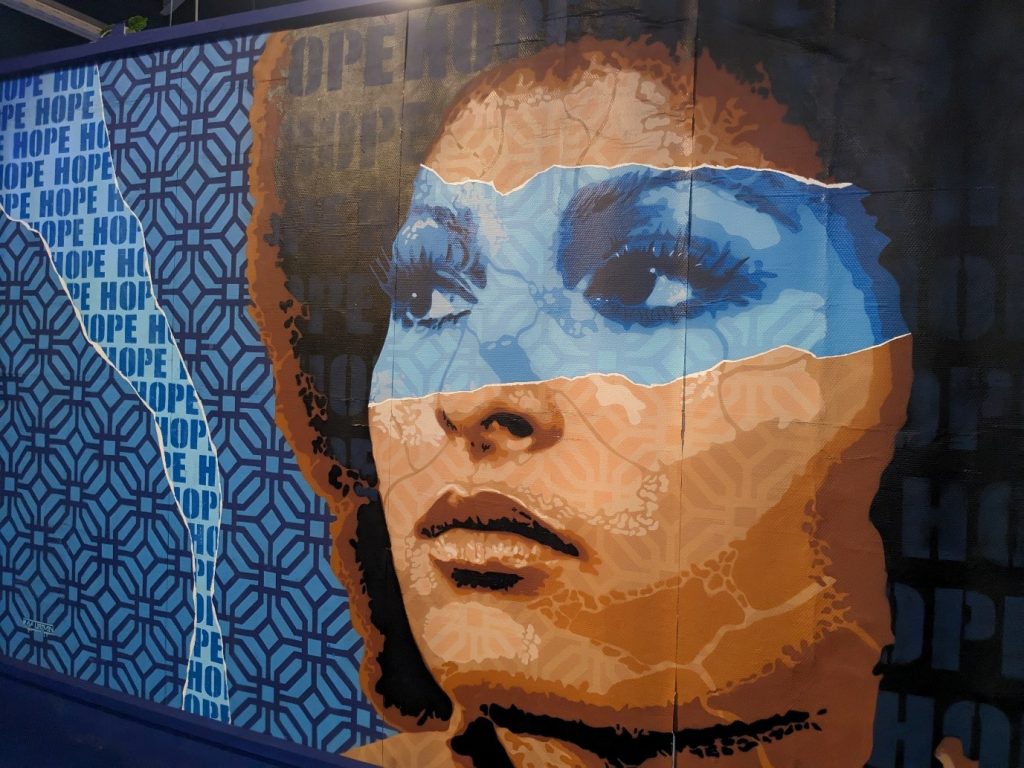
©@raf_urban
Founder of the Diversity is Hope movement, Raf Urban seeks to create hope and tolerance through his work. This image features a black woman and repetitions of the word “hope”.
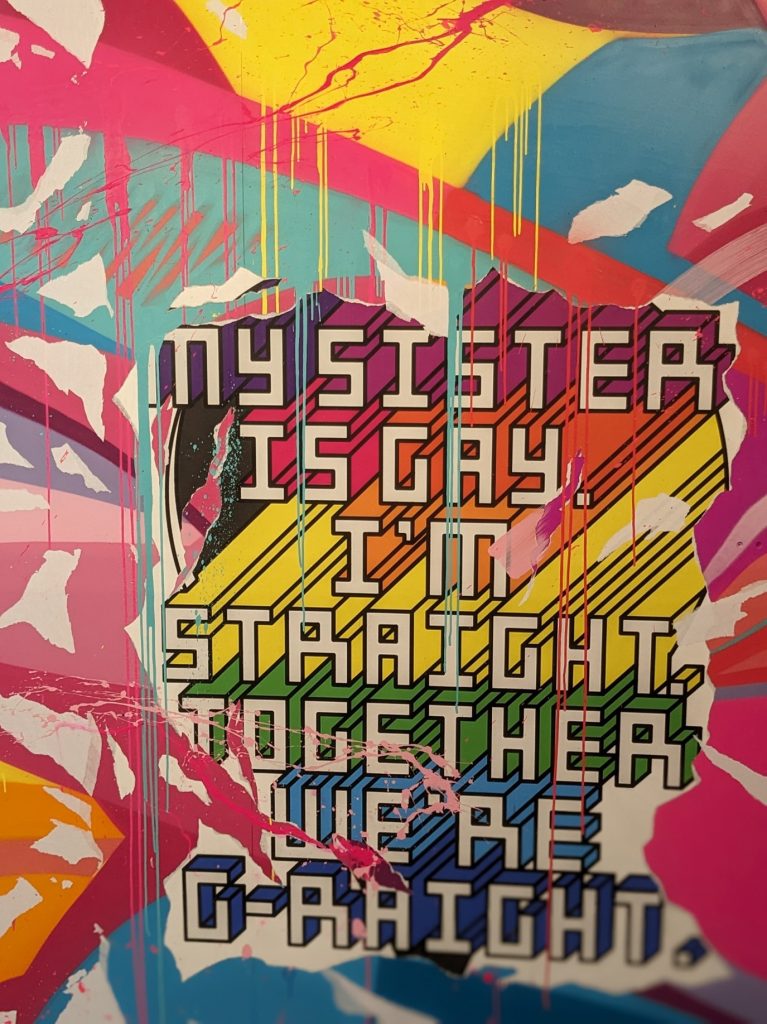
©@jodibona
This is a small section of a larger piece by Jo Di Bona featuring historical figures as well as ordinary people. Reading “my sister is gay. I’m straight. Together we are g-raight”, it seeks to break down homophobia. It shows a brother accepting his sister’s sexuality and recognising that through diversity comes greatness.
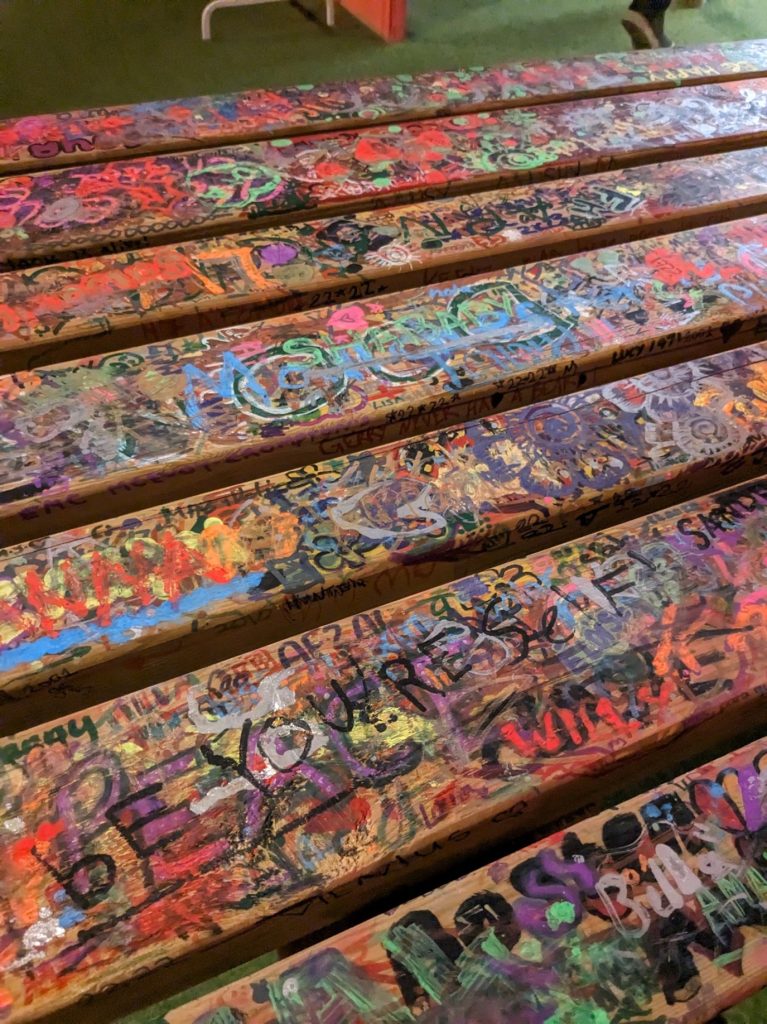
The final room in the Festival Color exhibition offers a chance for visitors to come together in the creation of art. Featuring drawings, slogans, names, and colours, it demonstrates the power of art to bring people together.
But what about the stigma around mental health?
Increasingly, street art is tackling difficulty topics like mental health. It is representing the struggles of ordinary people – both to show people they are not alone and to create awareness and understanding.
Three street art pieces across Manchester stand out for their representation of mental health.
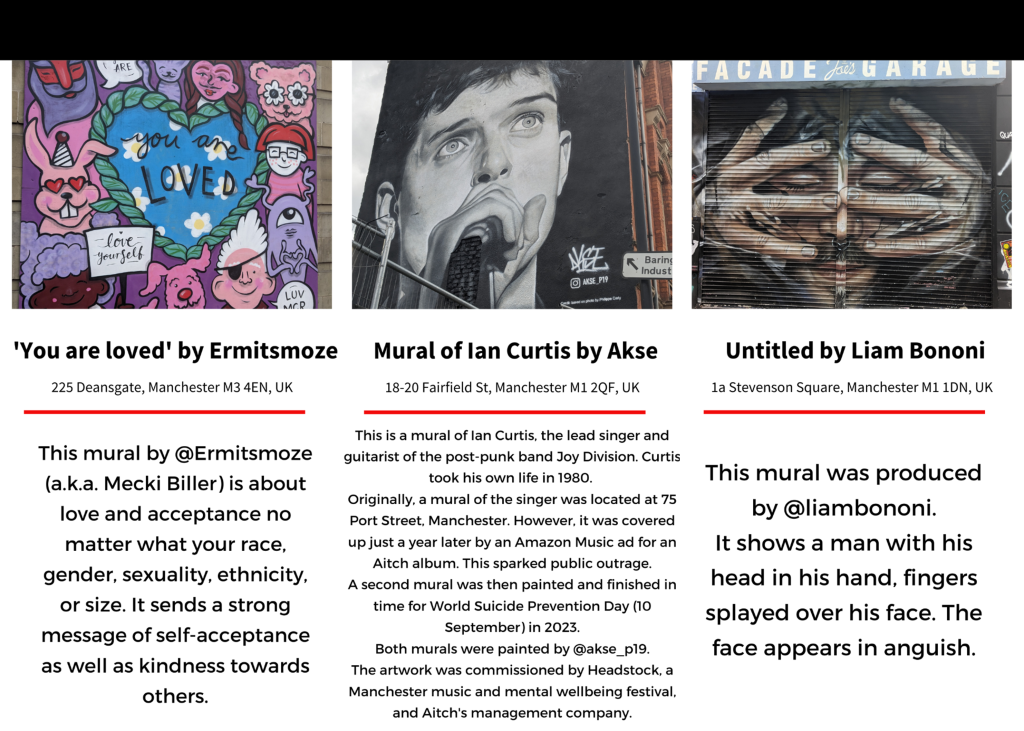
It’s clear that street art has immense power to bring people together. It makes us happier, increases sense of belonging, and can break down stigma. And Manchester is a shining example of why we should celebrate artists, encourage people to pick up a spray can, and be proud of our communities.

